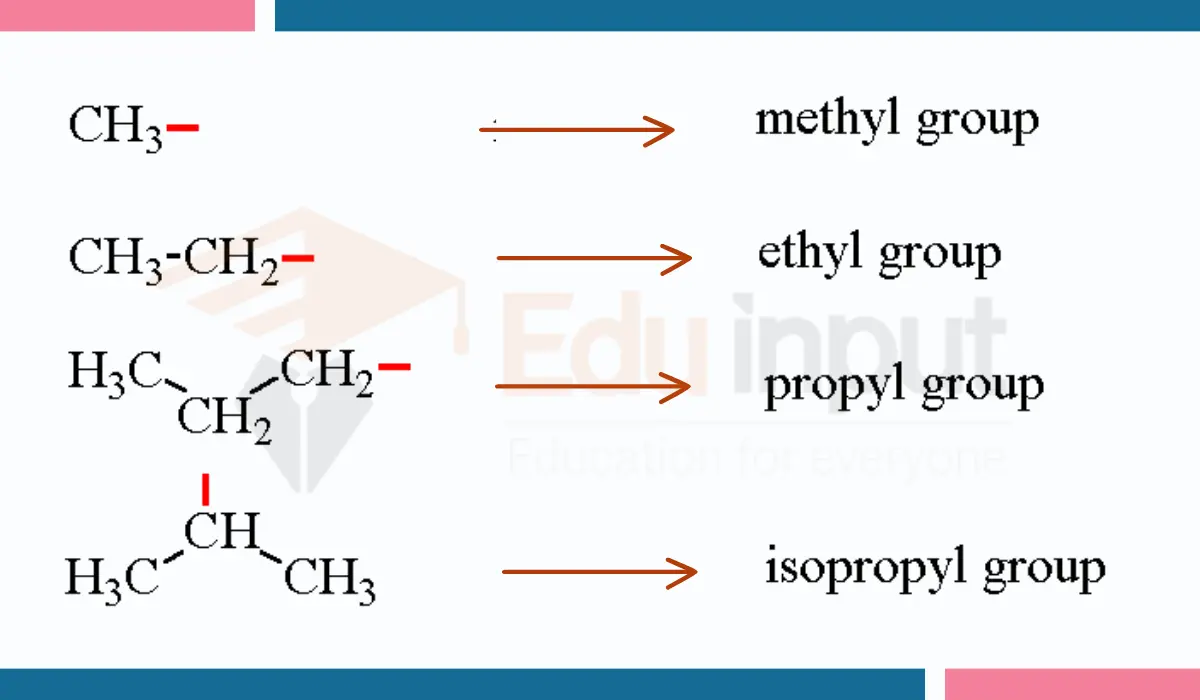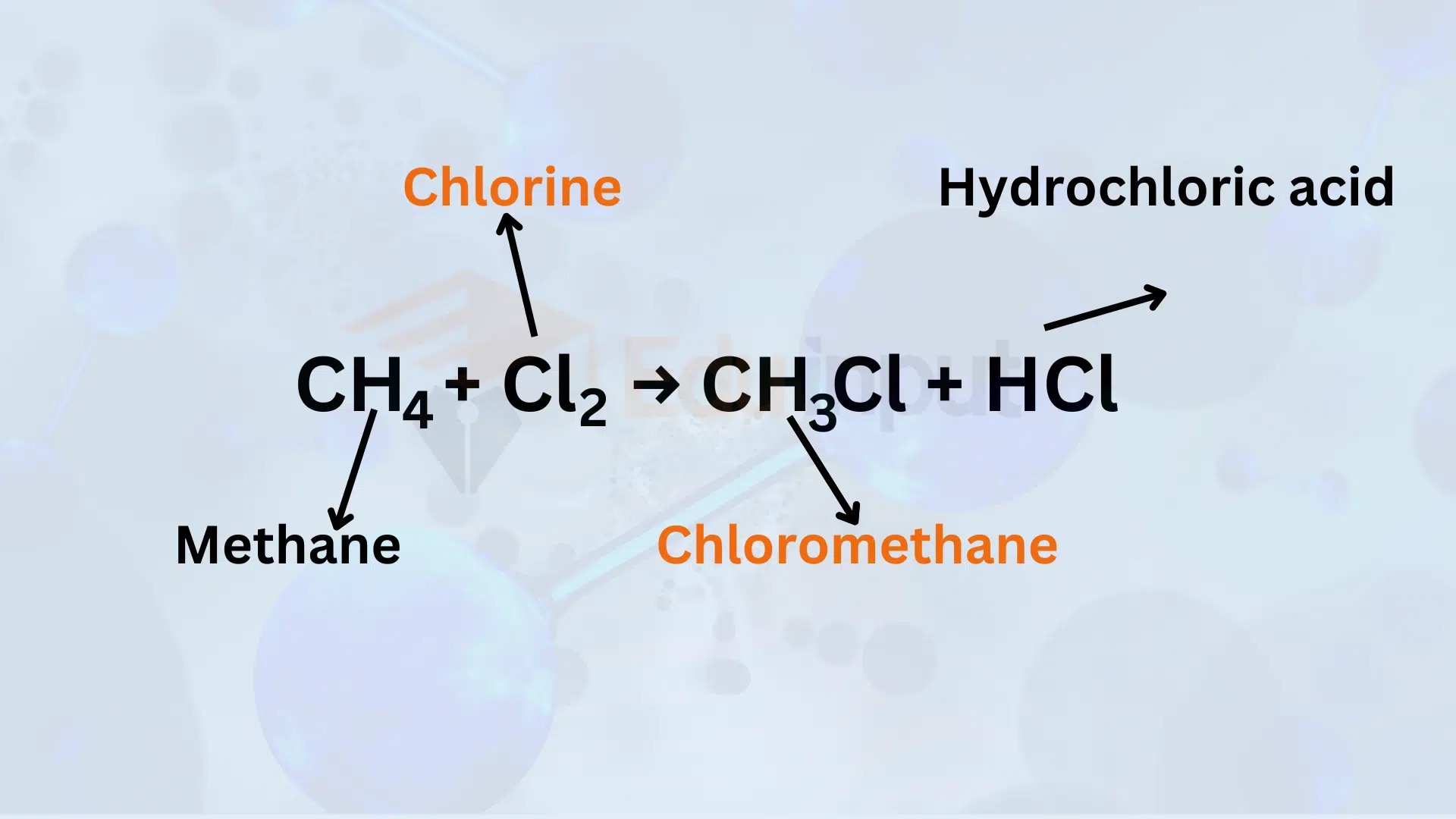10 examples of allotropes that will blow your mind
In chemistry, allotropes are different structural forms of the same element. The atoms of an element are bonded together in different ways in different allotropes, giving them unique properties. Let’s look at 10 common allotropes and how they differ from one another.
Examples of Allotropes
1: Diamond and Graphite (carbon)
Both diamond and graphite are the most important examples of allotropes of carbon. In diamond, the carbon atoms are bonded together in a tetrahedral lattice which makes it incredibly hard.
On the other hand in graphite, the carbon atoms are bonded in sheets of hexagons that can slide past each other, making graphite soft and slippery.
2: Alpha and Beta Tin
Alpha and beta tin are two examples of main allotropes of Tin at normal temperatures. Alpha tin has a silvery-gray appearance and is non-magnetic. When tin is cooled below 13.2°C, it converts to beta tin, which has a tetragonal crystal structure and is brittle and powdery.
3: Rutile and Anatase (Titanium oxide)
Both rutile and anatase are the main examples of allotropes of titanium oxide. Rutile is the more common, thermodynamically stable form with a tetragonal structure. Anatase also has a tetragonal structure but converts to the rutile form upon heating.
These two forms have different uses – anatase is used in some sunscreens while rutile has industrial applications.
4: Oxygen (Dioxygen and Ozone)
Oxygen exists naturally as dioxygen, with the usual O2 molecular structure. Ozone is an allotrope with three oxygen atoms bonded together in an unstable V-shape (O3). Ozone is found in the upper atmosphere and has distinctive disinfectant properties.
5: Phosphorus (White, Red, Black)
The most common allotropes of the element phosphorus are white, red, and black. White phosphorus is a waxy, yellowish substance that ignites easily. Red phosphorus is more stable and less reactive. Black phosphorus is the most stable with a layered, graphite-like structure.
6: Sulfur (Rhombic, Monoclinic)
Elemental sulfur has over 30 allotropes but the two main forms are rhombic (also called alpha) and monoclinic (beta). Rhombic sulfur is the more stable form with a yellow, crystalline structure. When heated it converts to monoclinic sulfur which has a needle-like crystal shape.
7: Carbon (Graphene, Fullerenes, Carbon Nanotubes)
Other than graphite and diamond, carbon can exist as graphene (a single layer of carbon atoms), fullerenes (carbon molecules in sphere, tube, or ellipsoid shapes), and carbon nanotubes (cylindrical carbon molecules). Each of these has unique properties.
8: Iron (Ferrite, Austenite, Martensite)
The allotropes of iron vary in their crystal structure and properties. Ferrite (alpha-iron) is the most stable form. Austenite (gamma-iron) is non-magnetic and only exists above 910°C. Martensite is a very hard, crystalline form created by rapidly cooling austenite.
9: Polonium (Simple Cubic, Rhombohedral)
The main allotropes of the radioactive element polonium are the simple cubic (alpha form) and rhombohedral (beta form) crystal structures. The simple cubic form is the more stable of the two at room temperature.
10: Selenium (Amorphous, Crystalline)
In its amorphous form, selenium forms a glassy red powder. In its crystalline form, it has a metallic appearance and conducts electricity better. The cooling rate determines which allotrope forms when liquid selenium solidifies.
The different arrangements of atoms in allotropes give them their unique structures and properties. Understanding the allotropic forms of elements helps explain the chemistry and physics of materials in everyday life.





Leave a Reply